This post is from my FB page. I have cleaned it up a bit, but excuse the formatting. It will be a bit of a mess, but the value of it is still quite profound. Lot’s of examples of training methods, results and adaptations.
————————————————
GS practitioners!
I’m always interested in what physical changes you have gone through other than your “numbers”.
In those taking a broader approach than a couple of ‘money’ sets. Meaning, Muscular hypertrophy/endurance [earlier in cycle of course], abdominal work, stretching and long, slow, endurance.
Do you measure-
1. Lean Body Mass
2. Percentage of Body Fat
3. Resting Heart Rate
4. Waist Measurement [any measures,.. arms, legs, chest, etc]
5. Total BW gain or loss
6. Blood work [Total Cholesterol, HDL, LDL, Triglycerides]
7. Variations in calories, macronutrients.
-
Josh Dunn Went from doing more hard style stuff and no programming to GS under Eric Liford and the WKC. Over the last year –
-
BW: 180 lbs to 165 lbs
-
Resting HR: 97 to 60
-
BP: 140/90 to 120/60
-
BF: Approx 15-16 % to 10-12 %
-
Barely able to hit a 10 min set with the 20s to doing 10 min sets with the 28s.
-
January 2 at 1:23pm · Like · 6
-
Mike Sanders a good person to talk to is Vladimir Tikhonov. He took heart measurements for us in St. Pete. He works with the Russian lifters.
-
January 2 at 1:23pm · Like · 1
-
Howie Brewer Tom, I have only recently gotten back into GS training. My focus is somewhere between a dedicated GS athlete and Rannoch’s position. My main goal is now more health and resiliency focused. With that I am now going to try to track some of these things that you mention. So lets revisit in a few months. As a coincidence, I weighed myself today after my workout and found that over the last month I have lost 2 pounds without any change in my eating habits.
-
TomFurman.com Mike Sanders, yes. I understand Vladimir is a textbook of data. @josh, really good numbers! Your beginning HR was very troubling to me!
-
Rannoch Donald Howie! Nice t! What I have noticed is the more I have tracked my progress the more inportant the numbers have become. The issue has always been that some of the changes might be so incremental as to be inconsequential, yet if I am measuring somehow it all become important. In reality, how is my hip this morning, my hamstrings? What about my posture, my breathing? None of these come with numbers attached but they are the key.
-
January 2 at 1:31pm · Like · 2
-
TomFurman.com Mike Sanders @Tom Corrigan wears his HR monitor on his belt. You can see him viewing it on Youtube during is LCCJ set.
-
January 2 at 1:32pm · Like · 2
-
Justin Thomas I had a different experience being tall and thin at 6’3″ 195lbs (sub 90kg) I chose to go up in weight to 205 (over 93kg). I combined GS with strength training in order to transition from 24kg to 32kg. I still have a long journey with the 32’s. I go by feel as well and I feel stronger/better overall. Although it is a little late for a baseline this has inspired me to measure more.
-
January 2 at 1:40pm · Like · 1
-
Mike Sanders I still think the big key here is diet. GS is just one aspect of the overall training. Cardio, recovery (such as yoga and meditation), will give you overall best results. When my students change just one aspect in their lifestyle, I see huge improvements in performance. I still have some who dont do the extra stuff and they are stuck. Me included! This holiday season has wreeked havoc on my nutrition, and performance has plummeted. Thank you for pointing out the fact I should be more aware of these numbers(measurements)!
-
Howie Brewer Rannoch, I agree with you. My tracking will not be obsessive by any means. I am looking to blend strength work, kettlebell work, bodyweight work, other cardio/endurance work and flexibility/mobility work. A lot to blend, wish me luck!
-
January 2 at 1:50pm · Like · 1
-
TomFurman.com The first phase of a template is usually, Day one, JK, SN, then chest/back/abs, run. Then the second is JK-SN, a 10 min circuit, abs, run. The third is JK-hard, lower back/legs, abs, run. 4th day is SN-hard, abs, run long. Stretching every day. 3 days off out of 7. Lot’s of running [or other modes] and abs.
-
January 2 at 2:01pm · Like · 1
-
Rannoch Donald For me, an integrated approach is key Howie. I have set specific targets in the past and enjoyed the practice involved but at this stage I find one particular goal often comes at the cost of another. I have gotten this far with relatively few injuries but the ones I have had certainly took their toll. I ask myself the same questions consistently. Bigger? Faster? Stronger? For what. This isn’t nearly as resigned as it sounds, it is actually a much more rewarding pratice. All those incremental changes across a braod range of disciplines has cascade effect that is for want of a better word “wholistic”. There are no medals involved, no cash prizes, no certificates, just steady resiliency.
-
Howie Brewer You and I are very much alikeRannoch. Right now I have signed up to compete in John Wild’s OKC kettlebell competition at the end of this month. And having put a lot of kettlebell time in over the last month or two, I am asking myself, “why did I sign up for this again?” Hahaha… I enjoy the wholistic approach as well. My days are working in a corporate office in from of a computer, mostly crunching numbers. Even with the varied training that I do, I am a friggin’ superhero compared to my colleagues. Then I go home to my wife and two children and spend much of the remaining hours of the day with them. How much do I really need to be able to squat to be able to enjoy my time with them? Yes, I want to be able to easily squat down onto the floor and pop back up with them. I want to be able to pick them up. I want to be able to run through the yard with them. So yes, wholistic works for me as well. I turn 44 in less than two weeks, I don’t expect I’ll ever be a contender for world champion of anything. But if I can continue to feel good, feel strong and have fun, I’m a happy man.
-
January 2 at 2:34pm · Like · 7
-
BJ Bliffert My manager and I are going to start measuring and recording data in excel, as well. We’ll then use the data to plot graphs and look for patterns… really for no other reason than we are analytical geeks. But it will allow us to look for patterns and hopefully help newbies progress faster. Maybe if Tom is nice enough we’ll share some data with him. We have big plans…
-
January 2 at 2:37pm · Like · 7
-
Mike Sanders words of wisdom!
-
TomFurman.com @BJ, this is impressive. Just the few measures from comments on this thread show that this training is more potent than statins! LOL.
-
January 2 at 2:40pm · Like · 4
-
Rannoch Donald I hear you Howie. It took me most of my adult life to put my ego to one side and just focus on how well I move above all else. I have fellow MA practitioners waiting for hip replacements, heavy lifters recovering from back surgery, endurance advocates with crumbling joints. I am not critical of them, far from it, I consider myself lucky in many respects but there is a point where you realise you aren’t bullet proof. The price of performance is the real possiblity of injury. Most of us have been happy to pay that price at one time or another. And if you have something in your sights I say Go For It. You know the price of admission.
-
BJ Bliffert Mike Sanders, Polars new cloth transmitter strap can be work while training, set the watch on a table or stand near by. Use the lap function, if you have one at the beginning and end of each interval. Watch for patterns and how your HR drops between sets… say after a few weeks it isnt dropping as fast or stays up, think back a week or two… have you been sleeping well, eating well, are you under a lot of external stress… you may be overtrain(ed)(ing). Could be a sign to lay low a couple days and watch Spinal Tap or Iron Maiden in Rio.
-
January 2 at 2:43pm · Like · 5
-
Mike Sanders haha! too many cookies and beer is my problem. ive been repromanded by coach, so Im back on track!..whats the modelof the Polar HR monitor?
-
January 2 at 2:49pm · Like · 3
-
BJ Bliffert We use either:http://www.amazon.com/…/B000FW3Z6O/ref=as_li_ss_tl…
-
January 2 at 2:51pm · Like · 2
-
BJ Bliffert Or, or this one:http://www.amazon.com/…/B004XQNEDC/ref=as_li_ss_tl…
-
January 2 at 2:52pm · Like · 1
-
BJ Bliffert The RS 300 can be expanded with a foot pod or GPS if you wang to track you distance running, too.
-
We use this model due the lap function, if you haven’t bought Joel Jamieson‘s book, you need to.
-
January 2 at 2:52pm · Like · 1
-
Mike Sanders thanks!
-
Henry Virgilio Marshall Last test i had was in the summer. BF=8% (Skinfold); RHR=55; BP=120/80; 2mile run; 13min. Pushup=60; pullups=24; 400m row= 1.39; and with no training can almost dunk a basketball:) GS has taken my physical and mental conditioning leaps and bounds, to me it is best way to train but it is more than just lifting kbs for reps it is how i choose to live my life, Healthy, Also to note i do have some interesting calluses on the base of my palms and extra skin on the back of my wrist from the bells sitting there. its like wrestlers ear i tell people.
-
Ken Blackburn GS and Physical Changes – with myself and the folks I train, the effects of GS vary greatly depending on body type, event and programming. In general, leaner body types tend to get bigger/more muscular and bigger body types tend to get leaner. Events – biathlon and long cycle competitors seem to experience more muscle hypertrophy as compared to snatch only competitors due to the increased loading. Programming – those that primarily do long/slow sets have less hypertrophy/fat loss than those who integrate sprint work and variability in their time, pacing, loading etc The type of GPP they supplement their GS work with is a differentiator as well. As mentioned above, nutrition, sleep patterns, stress levels, supplementation, etc all play big roles in how the body responds to the trauma of GS. In regard to physiology, this in my opinion, is wear GS athletes really tend to shine. High level competitors are metabolic wonders. They can live at anaerobic threshold for long periods of time without seeing significant breaks in structural integrity, resting HR’s are low, and their ability to remove toxins from their tissues is incredible.
-
TomFurman.com GREAT post, Ken Blackburn!
-
January 2 at 6:18pm · Like · 2
-
Ken Blackburn Thanks Tom
-
Lori Snitkin Doyle Where my girls at?? I started a little over 2 years ago training only Biathlon. Started with 16kg mainly and now work with 22kg sometimes 24kg. I have not lost or gained any weight. Always 150 pounds. I don’t eat any differently but probably eat a little more clean now. I don’t think I have changed much on the outside. I look the same. On the inside though there has to be change. I couldn’t do what I do now when I started.
-
January 2 at 7:10pm · Like · 1
-
Tom McCawley @ BJ, you gonna post your findings anywhere ? Ken – hypertrophy muscle specific, or body-wide due to growth hormone and systemic boost ? @all, might be stating the obvious, but alcohol seems to just shut down progress cold, depends on volume of course.
-
BJ Bliffert @Tom M, no. We don’t plan on posting them anywhere as of right now. It’s all for in house use and data collection on clients.
-
Howie Brewer Another note of interest, a few weeks back when I had gotten sick I went to see a doctor. They had me perform the pulmonary function test, breathing into the spirometer. I scored 103%. Doc said average score is 80%.
-
TomFurman.com Tom McCawley. The bump in GH after training is insignificant. It’s the sleeping GH that is important. Thus, alcohol [excess] can disrupt sleep architecture and meddle with GH. Like when you lose sleep, you get colds, etc.
-
January 3 at 9:49am · Like · 1
-
John Wild Buckley I find that when I am really training well my bodyweight drops from about 330 to about 310 or so. When I was training lighter (24,26,28kg) my strength would drop but not my bodyweight and I would get very frustrated. Once I moved up to heavier weight (30,32,36kg) my bodyweight went down, my strength went back up very quickly and I started having much more fun. The effects during the snatch were clear. When I was snatching the 36kg 40-45 reps per hand I could snatch the 24 100-110 per hand and finish 10min pretty consistently. (I have fallen off since then due to a post injury malaise). Resting in the rack/lockout has always been the hardest thing for me. Under heavier weight my body stretches and I can rest better in the overhead and in the rack. In the jerk, my numbers had stalled for almost a year and working lighter didn’t really help because I could not rest in the rack or overhead. If i can keep moving I can get better numbers. This brings me to the big breakthrough…I was in the best shape of my life in May 2012 but I did not get the result I was looking for(only a modest improvement in the jerk number). I was very frustrated and then I realized that being in great shape for me was not the same thing as being in great shape. I have been lucky enough to spend some time with some really great lifters and one thing they all have in common is that they are all in fantastic condition like Ken Blackburn said above. They can do anything they want to physically. I can’t, and I train hard. I have learned that only lifting kettle will not work for me and that I need to get myself truly physically fit in order to hit my goals. I think it is evident at this point that Americans who come into this sport in fantastic shape do well very quickly. Those of us who wobble into the sport have a much longer road. There are many different training philosophies and technical nuances in gs and people can train and lift however they like. Some of it works and some of it does not. The beauty of it is that this is a sport, we don’t have to argue about it, we can all put up or shut up. You don’t have to be a great athlete to be a great coach or a great coach to be a great athlete. I think in all of sports we have a big enough sample size to agree on that. Most of you guys know me and you know I’ve worked with many fantastic lifters and coaches. I can tell you for sure that none of them agree on how to train. I have compared my training with students of other coaches who are friends with each other and the programs are different in philosophy in addition to the numbers based on the individual athlete. The only thing they all seem to agree on is that I am fat and I will not hit my goals until I am not….go figure.
-
TomFurman.com Fantastic post, John Wild Buckley. Most trainees should be as honest with themselves as you are.
-
January 3 at 1:39pm · Like · 5
-
TomFurman.com Also John Wild Buckley, as I used to tell my English Bulldog, Lefty, “You are not fat,.. you are misunderstood”.
-
January 3 at 8:23pm · Like · 1
-
Arsenij Zhernakov The key difference between GS in Russia – origin land of GS and GS in other countries is that here it always was a rough true sport but not a fitness tool. We trained with only aim to get some rank and win some place.People started lift KB in 15-17 years when you are lean and healthy by defenition. Thus one had no need to measure any parameters but current body weight for weight category and HRmax. Also 10-20 years ago the body measurement theory itself for fitness targets was weak. First technologies Polar-like started not so long time ago, the same for lactate measuring. In the West medium age of KB society is much older and there to identify current state of body for medical reasons one could use more parameters then in sport to make training load more exact. But now we see a phenomenon of increasing of used measured parameters in sport too also for more exact planning in attempt to reach records which grow each year. After adopting all spectre of more wide group of measured parameters all this technologies return now in fitness area in much more effective shapes. We will see this in 2013.
-
Howie Brewer This is a great thread! Thanks for initiating, Tom.
-
January 4 at 8:09am · Like · 1
-
TomFurman.com I wish I could archive this… Solid comments, everyone!
-
January 4 at 7:09pm · Like · 1
-
Cyn Diesel In 11 months of GS training I have lost 25lbs (5’4″ and went from 70kg to 57kg) and dropped to 14.5% body fat. My resting heart rate has always been quite low as I was a middle distance track athlete and soccer player prior to kettlebell (among other sports). I have noticed an increase in strength and efficiency when performing body weight movements that years of practice and barbell strength conditioning did not help me with – my pull ups, muscle ups, pistols and static holds (L-sits, handstands, head stands) are so much better. While training GS unlike any other sport it has motivated me to be very clean and disciplined with my diet and vigilant with my mobility work and I think this has accentuated my results. Anecdotallly speaking I have to say that simple tasks I that used to take a lot of effort are so much easier – like shoveling snow! I did keep track of my measurements during my training for my last competition and noticed the biggest losses from my waist and hips. I’m waaay to old to be starting a new sport at a competitive level but I’m not letting that stop me from going for my number and seeing just how badass I can become.
-
January 4 at 7:56pm · Like · 3
-
Eveliina Koivula Cynthia, what’s too old? I was 40 and I bet my best is yet to be seen. When it comes to the original question, I first saw changes with the size of my jeans. It went 2 inches down in 4 months, without any changes in weight, nor diet. Since then I’ve been in this same weight +/-2 kg, which on women come and go naturally. 15 years ago I trained for a Fitness competition: bodybuilding, gymnastics, yoga, cardio, kickboxing… you name it. 2-6 hours a day, 7 days a week for 2 years. Now all I can say is that 2 years ago when I started lifting I dropped the WEEKLY hours from 8-13 to 4-7 and what happened: I’m in a better shape on every single scale now than I was 15 years ago. All thanks to GS. When I started out 22 months ago 12 kg was heavy for me, now I do pretty much the same results @20 kg.
-
Cyn Diesel Eveliina – I will be 41 in February And I agree my best is yet to be seen!
-
Johnny Danger Before I broke my arm, I had been training GS exclusively for about a year. At a BW of 240’ish I could do 12 pull ups whether I trained them or not, I could flip a 1000lb tractor tire…in a local strong man comp I outlasted everyone else on the 205lb Farmer Holds (64 seconds) while not picking anything up over 32kg in the last year (per arm). I don’t like running and can’t really handle spending more than 10 min on a treadmill, but I could go for a 45 min run outside (hilly terrain). I didn’t really notice much in body composition, but that’s because I tend to have about 30 cheat meals a week.
-
TomFurman.com Mikhail Marshak has a Kettlebell Sport group page btw.
-
Lorna Kleidman I’m behind on this thread, will read tomorrow.January 5 at 10:25pm · Like · 2
-
Anthony Mychal I’ve tracked waking heart rate at times. And also wore a HR monitor during training sessions to gauge how long it takes me to return to normal after certain exercises and whatnot.
-
TomFurman.com Note: @tom corrigan checking his pulse at around 7 mins or so. Monitor is on his belt. http://www.youtube.com/watch?v=WxP3HP-c7ao
-
Here is my LC set at the 2011 IKFF Invitational Meet in Detroit. I am competing …See More
-
Frankie Winn This is a fantastic thread. Some great info here. I’ve got a few questions of my own to ask when I get more time. I’ll be back!
-
TomFurman.com Yes. It should be called “Pathway to Mutant”.
-
January 9 at 8:23pm · Like · 2

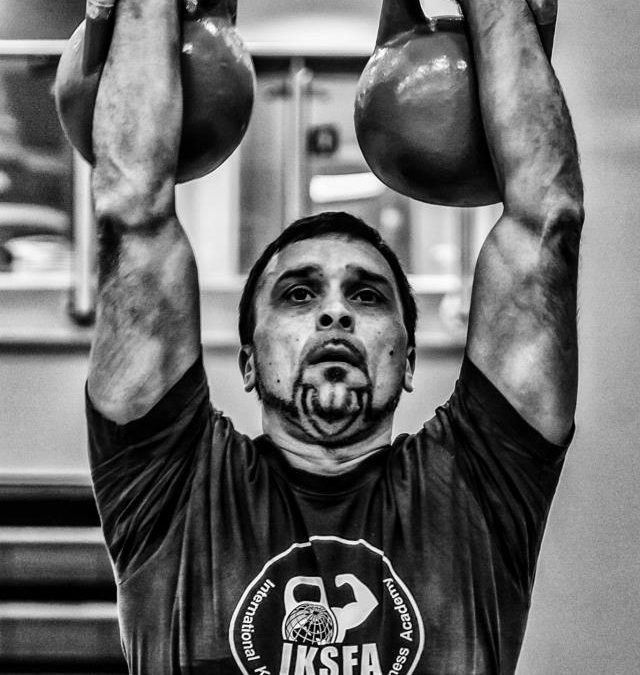
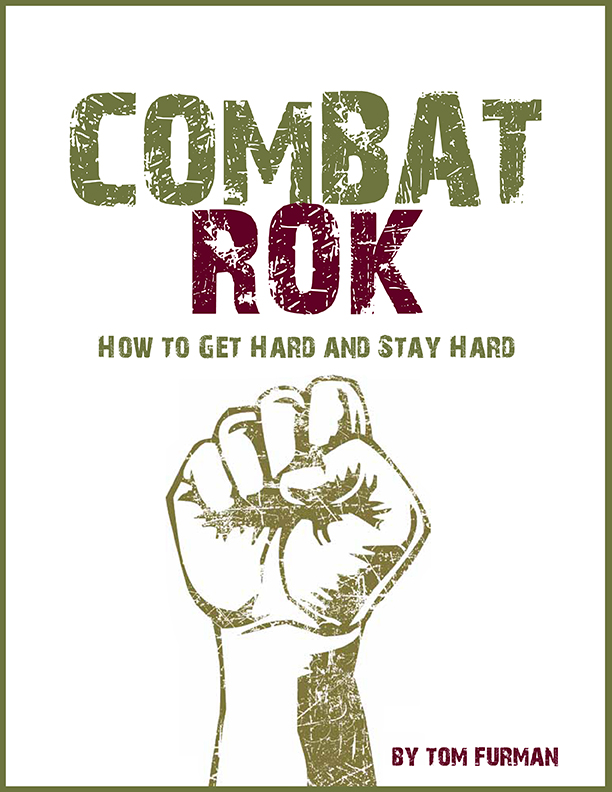
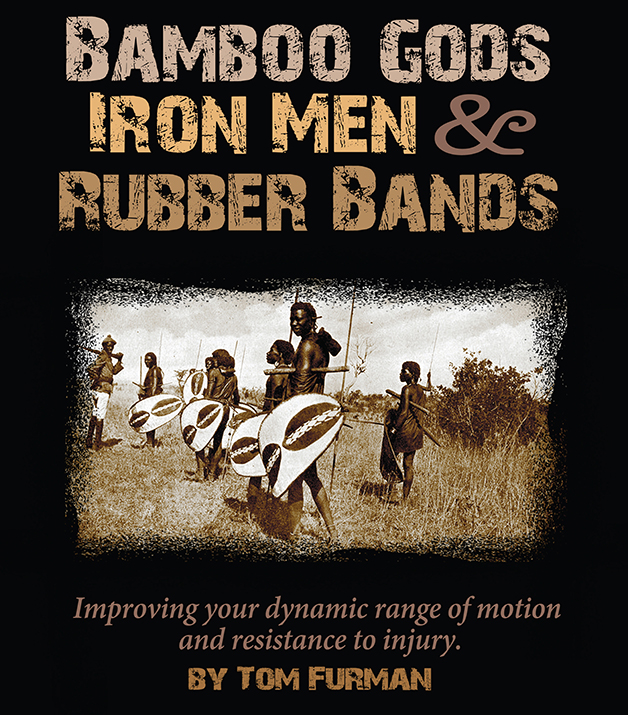
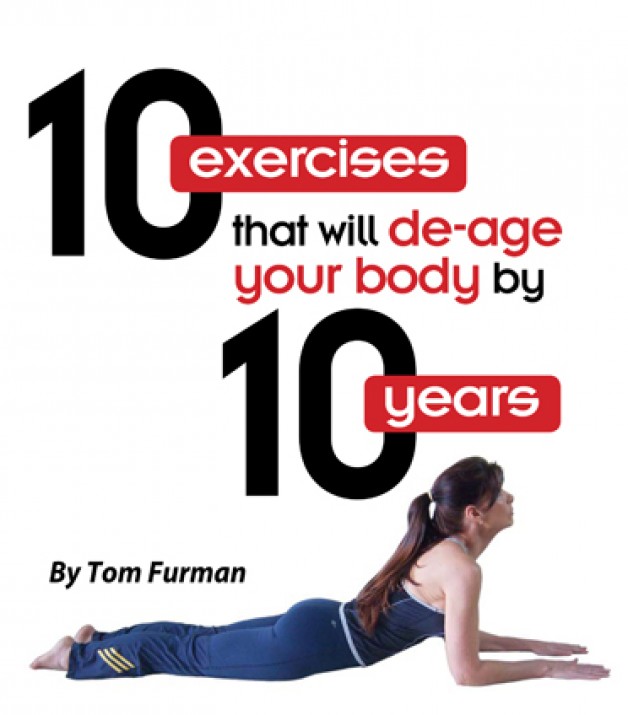
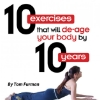




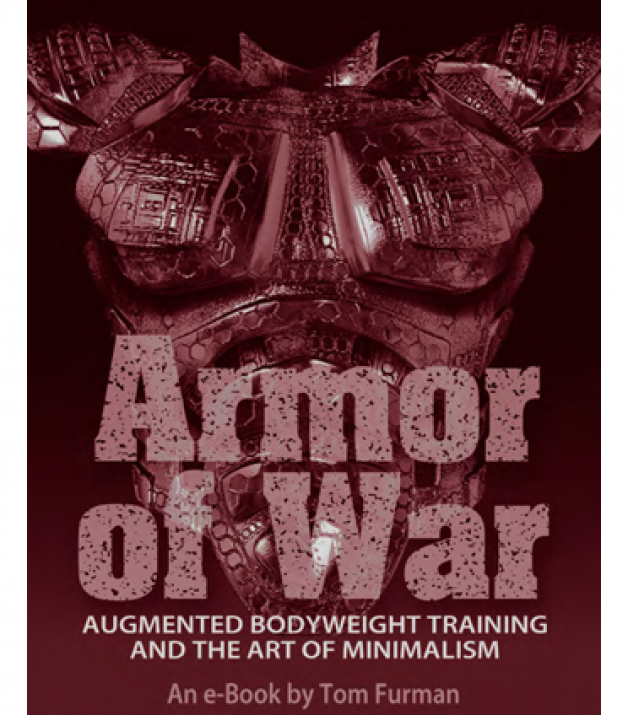

Trackbacks/Pingbacks